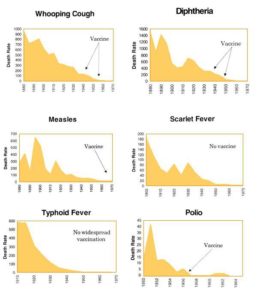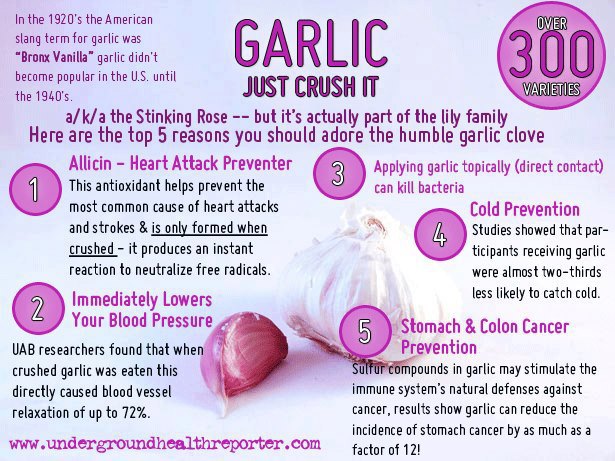The Worst Yet to Come? Why Nuclear Experts Are Calling Fukushima a Ticking Time-Bomb
Nuclear waste experts say the Japanese are literally playing with fire in the way nuclear spent fuel continues to be stored onsite, especially in reactor 4, which contains the most irradiated fuel — 10 times the deadly cesium-137 released during the 1986 Chernobyl nuclear accident. These experts also charge that the NRC is letting this threat fester because acknowledging it would call into question safety at dozens of identically designed nuclear power plants around the U.S., which contain exceedingly higher volumes of spent fuel in similar elevated pools outside of reinforced containment.
Gundersen, who is chief engineer at the consulting firm Fairewinds Associates, added that the spent fuel pool at unit 4 “remains the single biggest concern since about the second week of the accident. It can still create ‘Chernobyl on steroids.'”
http://truth-out.org/news/item/8972-the-worst-yet-to-come?-why-nuclear-experts-are-calling-fukushima-a-ticking-time-bomb
Why have Antipsychotic Prescriptions in Children Skyrocketed?
In each of these cases, the drug manufacturers were targeting children, despite the fact that none of the drugs in question were approved for use in that age group. To understand how effective these illegal marketing schemes are, consider that sales of antipsychotic drugs to children have increased eight-fold since 1993. Sales to teens have quintupled, while adult sales doubled in the same time frame. In 2008 alone, an estimated $6 billion was spent on off-label antipsychotics in the US, of which $5.4 billion was for uses based on uncertain evidence!
http://articles.mercola.com/sites/articles/archive/2012/08/30/antipsychotic-drugs-in-children.aspx
Vaccines — Kill or Cure?

As the controversial debate over mandatory vaccine policy heats up igniting passions, it is perhaps appropriate we summarize what is known about the manifest benefits of modern vaccines, not forgetting the tremendously salutary impact on health and longevity wrought about by better living conditions, hygiene and sanitation, in general, and the introduction and subsequent widespread use of antibiotics, in particular.
http://www.aapsonline.org/jpands/hacienda/article36.html
NSW drivers cop 47,000 mobile phone fines
In just one year.
“Yesterday’s operation highlights that far too many motorists are continuing to distract themselves with mobile phones when they should be focusing their entire attention on the road around them,” Traffic and Highway Patrol operations commander Superintendent Stuart Smith said.
http://www.itnews.com.au/News/315436,nsw-drivers-cop-47000-mobile-phone-fines.aspx
Some Very Interesting Data On Nutrients For Pregnant Ladies
One study presented to the court showed that pregnant women who were given 800 mcg. of folic acid in multivitamin supplements experienced a 100% reduction in neural tube defects, compared with a 40% to 80% reduction resulting from a 400 mcg. dosage. According to a recent survey, only 30% of women of childbearing age know that folic acid reduces birth defects. By censoring this information about folic acid, the FDA was condemning tens of thousands of babies to crippling and irreversible birth defects… The FDA recently lost the case. An estimated 350,000 birth defects occurred in America during the time the folic acid lawsuit was in progress.”
Read the rest of the page for more data here: http://www.cancertutor.com/Pregnant/Pregnant_VG.html
Kale
The Reason the Stanford Anti-Organic Food Study Was A Fraud
A few days ago Stanford University came out with their results of a new study claiming that Organic food is “no more nutritious than non-organic food.” Their claim was that most people bought organic because they believed it to be more nutritious (containing more vitamins & minerals than conventional) and in their findings they proved that it is in fact not any more nutritious.
Okay, so we aren’t getting any more vitamins and minerals by eating organic instead of non-organic, but they are still not addressing the important issue! The majority of people buying organics do so to limit their exposure to pesticides, GMOs, antibiotics (in dairy & meat) and hormones (also in dairy & meat). All of the these factors are the important reasons to be buying organic, not because it supposedly contains more vitamins than conventional food.
The study didn’t even consider these other factors (besides a small mention of pesticides). All I have heard over the past few days now is “Didn’t you read that study? Organic isn’t any healthier!” but “healthier” is a broad term. In the black & white picture of health when we are simply considering vitamins and minerals, then yes, there is not much of a difference. But in order to be truly healthy we have to look at the bigger picture, which includes being mindful of the toxins our bodies are exposed to.
- 80% of the antibiotics used in this country are used on our livestock that we eat. We are beginning to see the negative effects of this as more cases of antibiotic resistant “superbugs” are starting to appear. (read more here). This has become such an issue that in March a federal judge ordered that the FDA reconsider antibiotic usage in livestock. There is also a great article discussing this further on PBS and an interesting 2 minute video on CNN concerning antibiotics in our meat.
- Conventional meat and dairy products also contain an artificial genetically modified hormone called recombinant Bovine Growth Hormone (rBGH) given to cows so they produce more milk and fatten up (helps fatten us up too!) Evidence has shown that rBGH in our meat and dairy products is readily absorbed through the intestines and can get into the bloodstream and affect our hormones. The hormone is also a potential carcinogen. (read more about rBGH here).
- The biggest issue with non-organic produce is pesticides and GMOs. The evidence surrounding pesticide exposure and cancer is astounding. I personally consider it to be common sense that exposing ourselves to toxic chemicals is going to be harmful to our health. Research shows that consuming organic produce reduces exposure to pesticides, here is a great article about it on EWG. Also, consuming organic produce is the only way to ensure that you are not consuming GMOs.
As always, my posts are not meant to scare you, but to simply inform you so you are able to make more informed choices and also to urge you to be more mindful when making your food choices.
Hardly a day passes I don’t have some garlic in my diet.

Study finds flu shot really did make people sicker
Canadian researchers noticed in the early weeks of the pandemic that people who got a flu shot for the 2008-2009 winter seemed to be more likely to get infected with the pandemic virus than people who hadn’t received a flu shot.
http://metronews.ca/health/363279/canadian-problem-maybe-not-study-finds/


